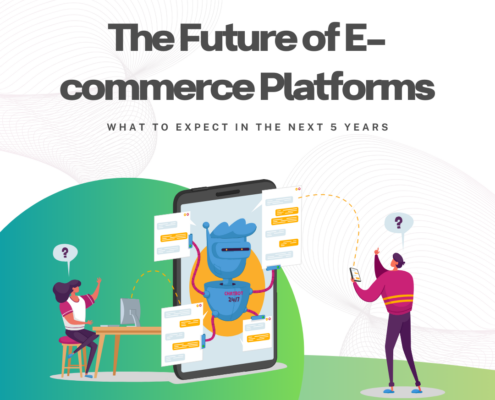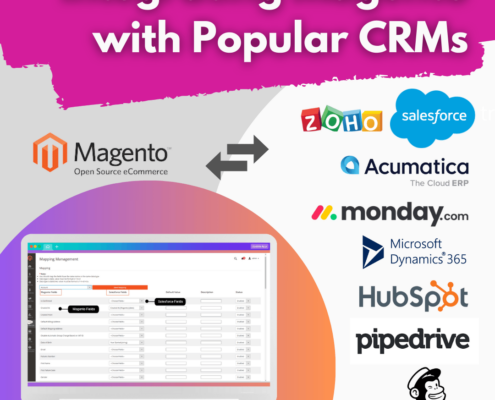How do you prepare yourself for marketing automation?
The Marketing automation for the prospect funnels starts when you plan your marketing activities.
You need to know your customers, users, and your marketing process, where you can find repetitive actions that can be automated.
These tactics will help you build your system and save a lot of money and time to serve your customers or prospects.
First, you need to ask yourself the following:
- What type of user am I targeting?
- Are they actively seeking a solution to a problem, or are they casually browsing?
- What problem are they trying to solve?
- How can I best capture the user’s attention?
- How do I relate to the user?
- Is there a message that will be suitable for the user?
- Is there a pain point my product or website solves for the user?
- How can I present this solution clearly and quickly?
- What compelling calls to action will get our target user to click?
Look to the data you’ve compiled via analytics, user surveys, and user testing to ensure your ads speak to your users’ motivations, and be sure to include a great hook.
When we talk about user experience (UX), we are referring to the totality of visitors’ experience with your site – more than just how it looks, UX includes how easy your site is to use, how fast it is, and how little time there is when visitors try to complete whatever action it is they’re there to meet.
We can help you with such audits and analyses.
As it applies to funnel optimization, the importance of UX cannot be overstated.
What is a prospect funnel in my marketing processes?
It is a pipe of users’ motion on your website that is wide at the top and narrows at the bottom, used for guiding a user’s flow into a small opening. It means they start from your home page and then navigate and visit many other pages. Finally, they found this page or that product and bought it or left your website. You can decide what he should see and visit.
The user experience during this journey has to be monitored and analyzed.

By carefully crafting your user experience, you can ensure the user stays on task and keeps moving through the funnel, having been given just enough information and options at each step.
In your funnel optimization efforts, you’ll be focusing primarily on two aspects of UX:
1. Reducing friction in the form of wasted clicks, excess pages, false starts, going to the wrong page, slow page loads, and other friction points that cause users to give up.
2. Reducing cognitive overhead—another version of friction—that puts doubt and indecision into the mind of the user, causing them to waver over whether to convert.
In Zoho CRM and many other CRMs, you can do A/B testing for new interface versions, pages, forms, call out buttons, etc.
If you begin by looking at the objectives of the user and the business, you can sketch out the various flows that need to be designed to achieve both parties’ goals. The user might be looking to find a fact, order a product, learn a skill, download a document, and so on.
Defining your Business Objectives in the marketing automation process
Business objectives could be anything from getting a lead to a subscriber, a buyer, etc. Ideally, you’ll design your flow in a way that meets both user and business objectives.
In addition to an awareness of user objectives, it’s crucial to account for the different traffic sources and levels of knowledge and engagement in your user base. You must map that inbound user flows to conversion funnels that provide value to the user (without neglecting those business objectives.)
When mapping out your user flows, start at the top—the point at which users are first exposed to your site. You’ll probably want to address the flows that impact most users first.
Here are a few examples of typical user flows:
- A user clicks into your site from a banner or Google AdWord ad (Paid Advertising)
- A user finds your site via a friend’s post on a social network (Social Media)
- A user clicks into your site from a deep link that was surfaced by a search (Organic Search)
- A user sees you mentioned in the news or a blog post and visits your site (Press or News Item)
In each of these cases, the user comes with his or her own needs, expectations, and level of knowledge, and they need to be treated accordingly.
The marketing automation tool helps you monitor the whole flow and the effectiveness of all steps. You can suggest a reasonable offer based on the user journey on each step.
It is beneficial, especially for online shops.
You can propose a specific product based on such a journey and more:
- Text and graphical banners
- Product banners (eCommerce recommendations)
- Contact forms
- Dynamic banners on your website run by automation rules
- Coupon download forms
- Materials download forms
- Landing page/target web page generator
- Dynamically personalized script generator
- Free modification of your web page for a better match with the visitor’s profile
You can keep and catch your prospect and customer as long as possible and get more successful purchases or leads.
Next, you start your marketing automation process and funnels inside your CRM, such as Zoho or Agile CRM.
It is a constant job to analyze and modify your funnels. Digideo team can help.
Please check the example of our work.



 Digideo
Digideo
 Digideo
Digideo Digideo
Digideo Digideo
Digideo
 Digideo
Digideo Digideo
Digideo
Share this entry